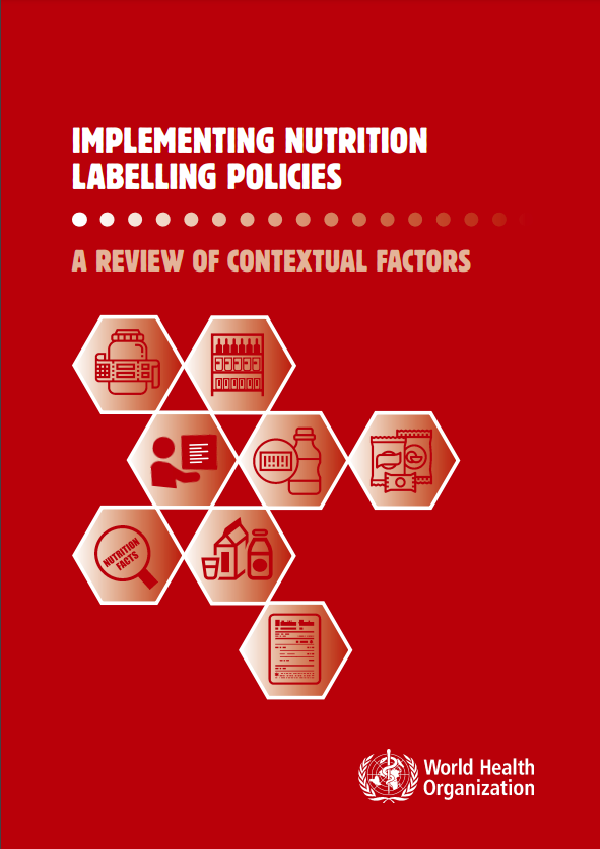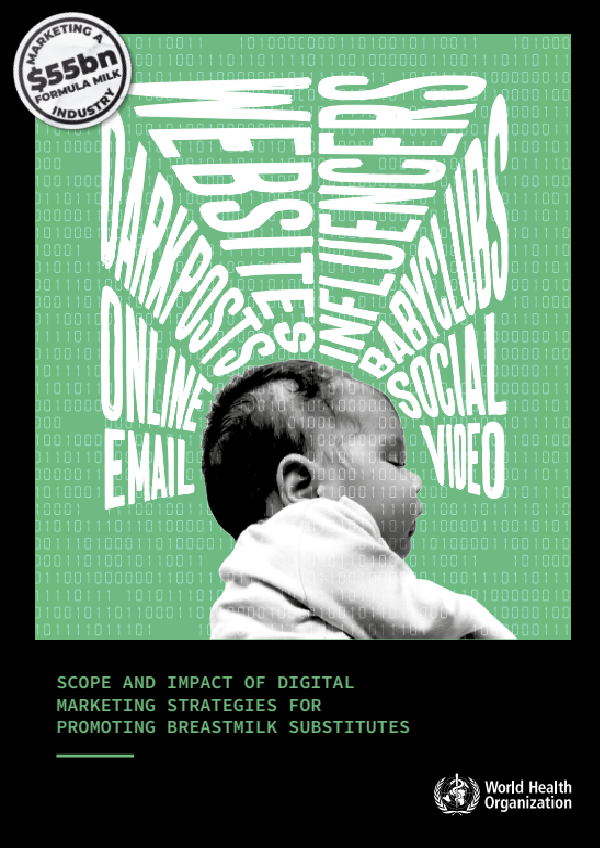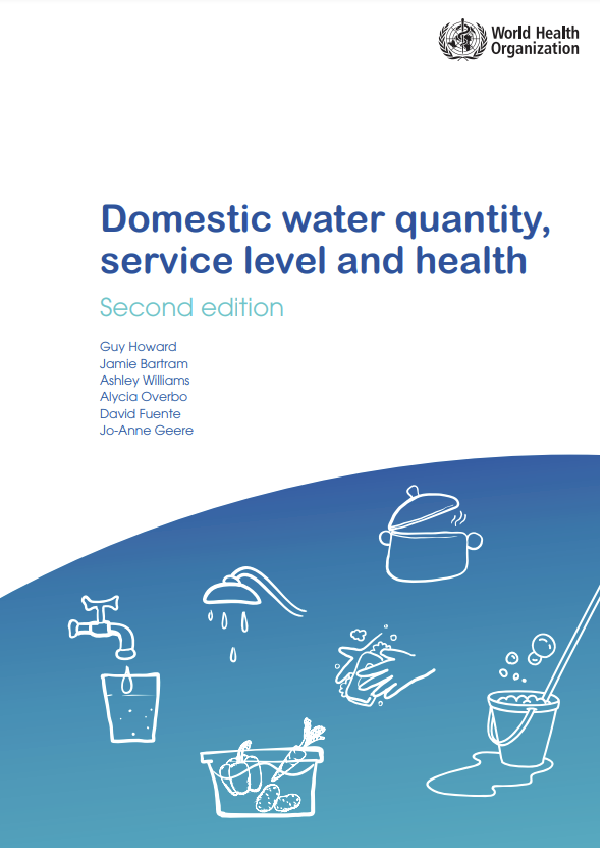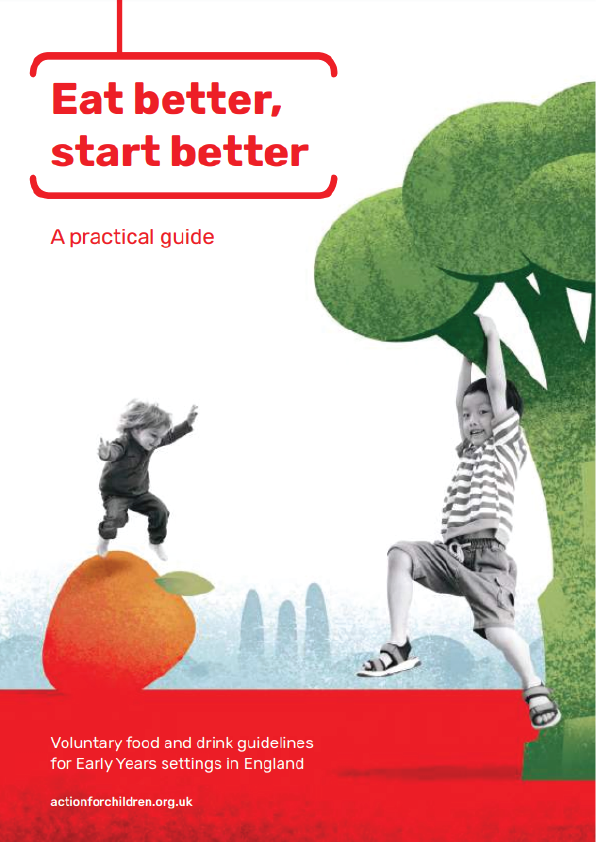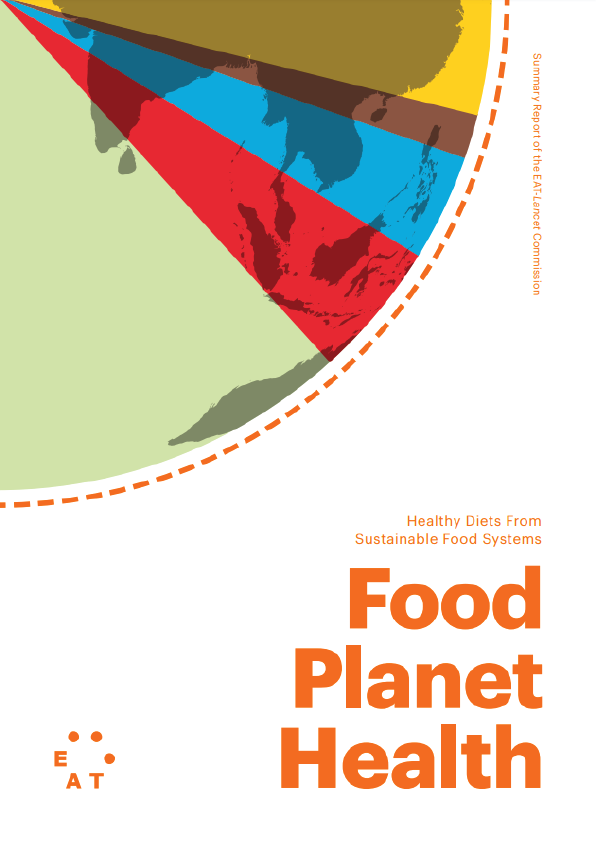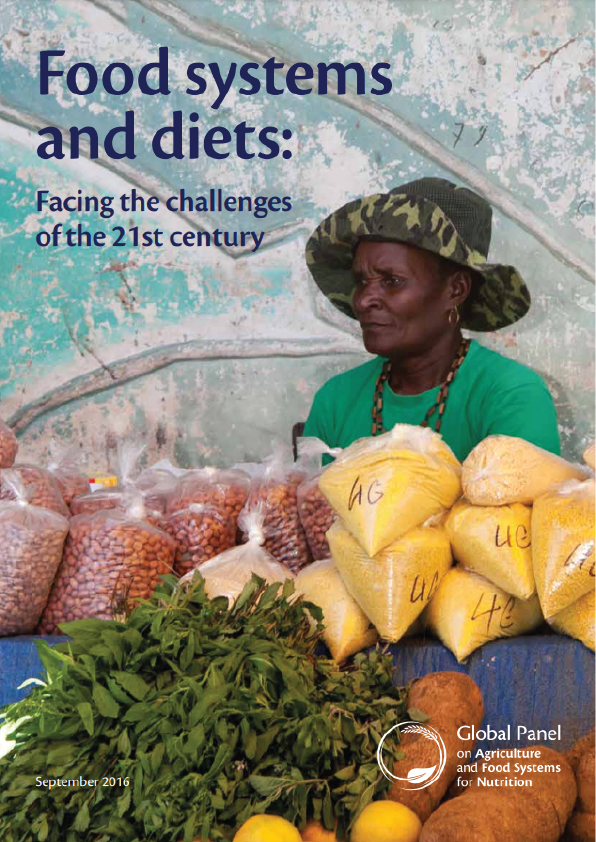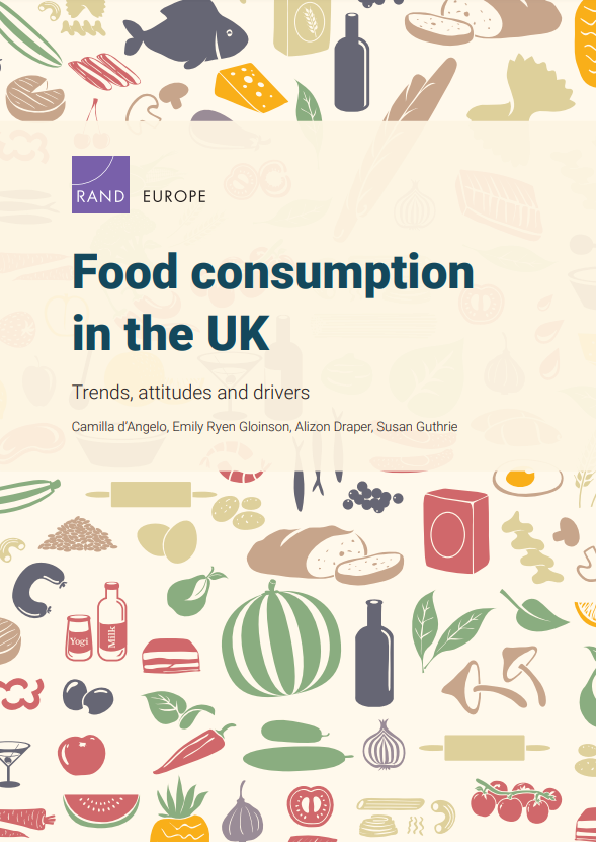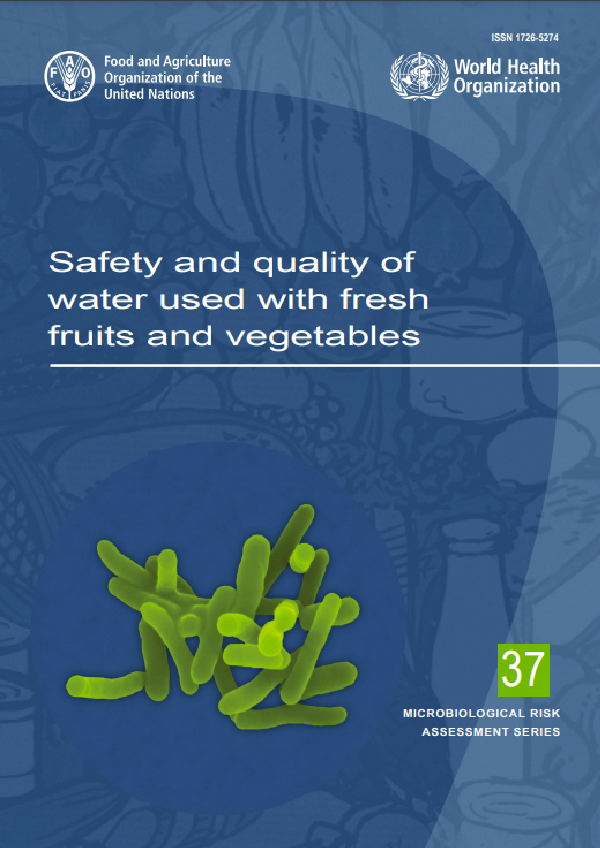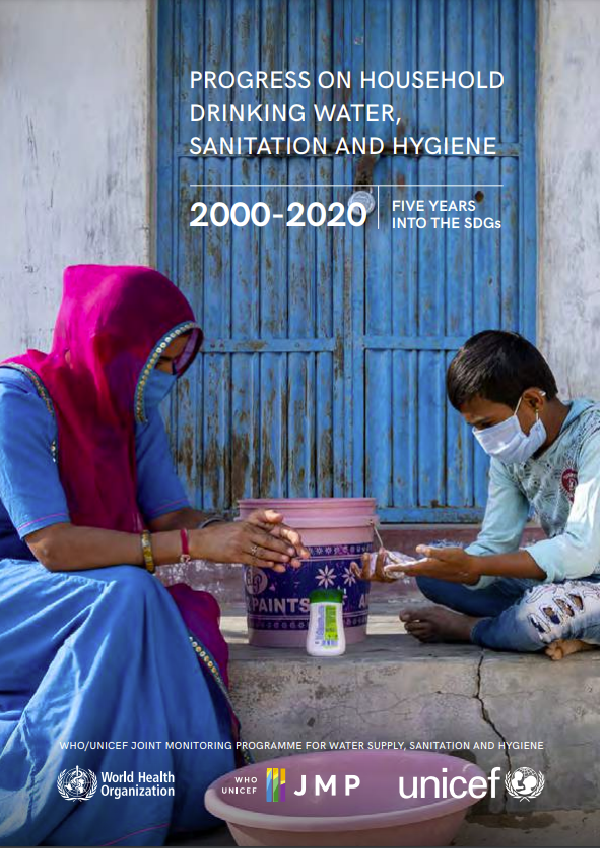Nutrition labelling on packaged foods is intended to inform the consumer of the nutritional properties of food. However, some labels may create false perceptions of the healthfulness of products and may confuse or mislead consumers. To address this challenge and to support Member States in implementing policy measures, as recommended by the Framework for Action from the 2014 Second International Conference on Nutrition, the World Health Organization (WHO) is in the process of developing evidence-informed policy guidelines on the food environment, including on nutrition labelling policies (with a focus on ingredient lists, nutrient declarations, supplementary nutrition information and health and nutrition claims).
This review on contextual factors to be considered in the implementation of nutrition labelling policies was prepared as part of the required process for WHO guideline development. When developing a WHO guideline and its recommendations, explicit consideration must be given to decision criteria (i.e. contextual factors) when moving from the evidence on the impact of interventions to recommendations. The factors considered in this review are values, resource implications, equity and human rights, feasibility and acceptability by stakeholders, as well as socio-cultural and environmental acceptability. A total of 180 publications were included in the review, the majority for acceptability (n = 67) and feasibility (n = 75). Overall modelling studies found nutrition labelling policies to be cost-effective. The existence of nutrition labelling policies in many countries speaks to the feasibility of such policies, with variability in evidence on acceptability, which depended on the type of nutrition labelling proposed. Most of the evidence on feasibility was related to front-of-pack labelling. However, a range of elements that support or hinder implementation was identified in the literature. Challenges or barriers, for example, included conflicting interests, industry interference and the complexity of developing a labelling system (including nutrient profiling aspects, defining “unhealthy”, and deciding on the optimal system for a given context). Facilitators included strong political leadership, supporting evidence, and transparency of the process. Overall, effective implementation of such policies could contribute to the achievement of the right to health, a core WHO value.
Healthy dietary practices starting early in life are the foundation for good nutrition, health and development during childhood and beyond. Yet, unhealthy diets are a leading global public health risk, contributing to a rise in unhealthy weight gain and noncommunicable diseases (NCDs), including diabetes, cardiovascular disease, stroke and cancer.
Governments play a leading role in reducing the burden of diet-related NCDs, addressing malnutrition in all its forms and promoting healthy diets. In 2014, the Second International Conference on Nutrition emphasized the importance of improving the food environment, which plays a critical role in shaping people’s diets, including through policy actions.
The current food environment exposes consumers to powerful food marketing, predominantly of foods that undermine healthy diets, and to inconsistent and often misleading nutrition labelling. Enabling consumers to make healthier dietary decisions, therefore, requires creating a food environment that promotes a healthy diet. Such a food environment includes nutrition labelling policies that prevent labelling in a manner that is false, misleading or deceptive, or is likely to create an erroneous impression about any characteristics of the product; labelling policies should also enable consumers to make an informed selection of pre-packaged products. Nutrition labelling policies are implemented within complex systems (including the food system) that are largely country-specific. They are affected by each country’s political, legal, economic, cultural and ethical contexts.
